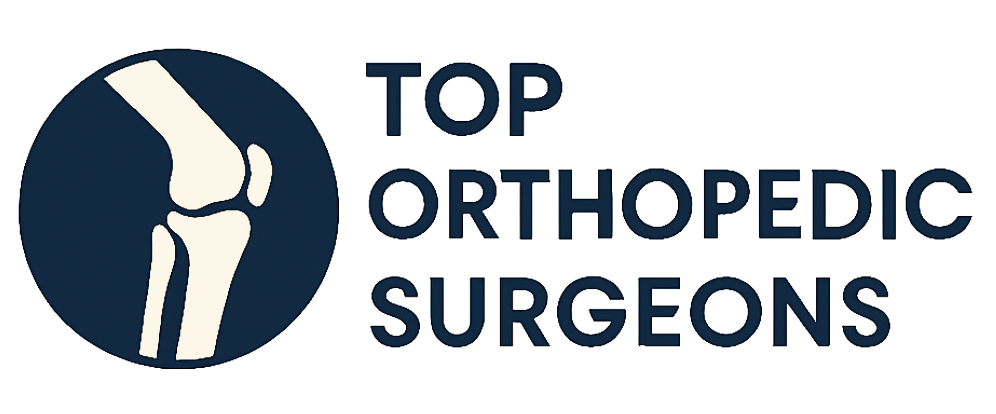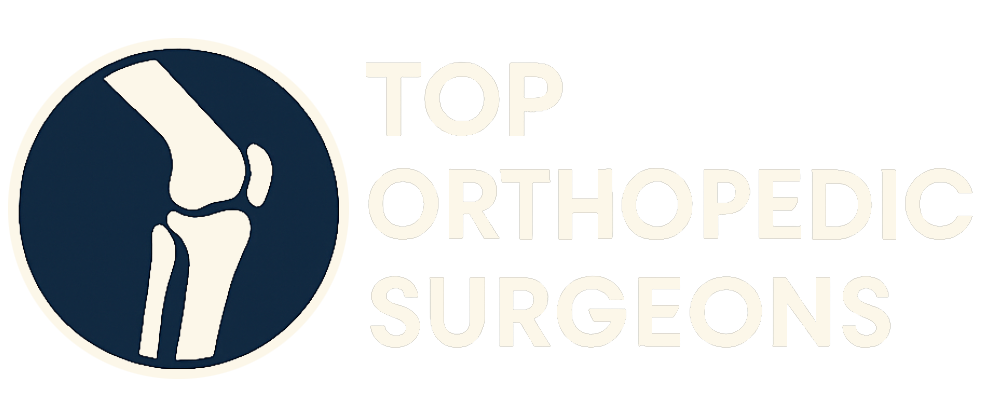
As we journey through life, our bodies undergo numerous changes, and our bones are no exception. Understanding how our bones age and how to care for them is crucial for maintaining an active and fulfilling lifestyle. This guide provides comprehensive information on the aging process of bones, common conditions that can arise, and proactive steps you can take to promote lasting orthopedic health.
Understanding the Aging Process of Bones
Bones are living tissues that are constantly being broken down and rebuilt. This process, known as bone remodeling, helps maintain bone density and strength. However, as we age, the rate of bone breakdown can exceed bone formation, leading to a gradual decline in bone mass. This decline makes bones more susceptible to fractures and other orthopedic issues.
Several factors contribute to the aging process of bones:
- Hormonal Changes: In women, menopause leads to a significant decrease in estrogen levels, which plays a vital role in maintaining bone density. Men also experience a decline in testosterone levels as they age, contributing to bone loss.
- Decreased Physical Activity: Weight-bearing exercises stimulate bone formation, so a sedentary lifestyle can accelerate bone loss.
- Nutritional Deficiencies: Inadequate intake of calcium and vitamin D, essential for bone health, can weaken bones over time.
- Medical Conditions and Medications: Certain medical conditions, such as hyperthyroidism and celiac disease, and medications, like corticosteroids, can negatively impact bone density.
Common Orthopedic Conditions Affecting Aging Bones
Several orthopedic conditions are more prevalent as bones age. Recognizing these conditions and understanding their symptoms is the first step toward seeking appropriate care.
Osteoporosis
Osteoporosis is a condition characterized by weakened bones, making them brittle and prone to fractures. It often develops without noticeable symptoms until a fracture occurs. Common fracture sites include the hip, spine, and wrist.
- Risk Factors: Age, gender (women are at higher risk), family history, small body frame, certain medical conditions, and lifestyle factors like smoking and excessive alcohol consumption.
- Diagnosis: Bone density testing, such as a DEXA scan, is used to diagnose osteoporosis.
- Treatment: Treatment options include lifestyle modifications (calcium and vitamin D supplementation, weight-bearing exercise), medications (bisphosphonates, hormone therapy), and fall prevention strategies.
Osteoarthritis
Osteoarthritis is a degenerative joint disease that affects the cartilage, the protective tissue that cushions the ends of bones in a joint. As cartilage breaks down, bones rub against each other, causing pain, stiffness, and decreased range of motion.
- Risk Factors: Age, joint injury, obesity, genetics, and repetitive joint use.
- Symptoms: Joint pain, stiffness, swelling, clicking or popping sounds in the joint, and decreased range of motion.
- Treatment: Treatment options include pain relievers, physical therapy, assistive devices (canes, braces), and, in severe cases, joint replacement surgery.
Fractures
Fractures are breaks in bones, which become more common with age due to decreased bone density and increased risk of falls. Hip fractures, vertebral compression fractures, and wrist fractures are particularly prevalent in older adults.
- Risk Factors: Osteoporosis, falls, poor balance, vision problems, and certain medical conditions.
- Treatment: Treatment depends on the type and location of the fracture and may involve casting, surgery, and rehabilitation.
Spinal Stenosis
Spinal stenosis is a narrowing of the spinal canal, which can put pressure on the spinal cord and nerves. This pressure can cause pain, numbness, and weakness in the legs and back.
- Risk Factors: Age, arthritis, bone spurs, and thickened ligaments in the spine.
- Symptoms: Back pain, leg pain (sciatica), numbness or tingling in the legs or feet, and weakness in the legs.
- Treatment: Treatment options include pain relievers, physical therapy, epidural steroid injections, and, in severe cases, surgery to decompress the spinal cord and nerves.
Other Common Orthopedic Issues
Beyond the conditions listed above, aging bones can also be affected by:
- Bursitis: Inflammation of the bursae, fluid-filled sacs that cushion joints, leading to pain and stiffness.
- Tendonitis: Inflammation of tendons, the tissues that connect muscles to bones, causing pain and limited movement.
- Gout: A form of arthritis caused by a buildup of uric acid crystals in the joints, leading to sudden and severe pain.
Preventative Measures for Maintaining Healthy Aging Bones
While some bone loss is a natural part of aging, there are many proactive steps you can take to maintain bone health and reduce your risk of orthopedic problems.
Nutrition
A balanced diet rich in calcium and vitamin D is essential for bone health.
- Calcium: Aim for 1000-1200 mg of calcium per day from sources like dairy products, leafy green vegetables, fortified foods, and supplements.
- Vitamin D: Aim for 600-800 IU of vitamin D per day from sources like fatty fish, fortified foods, and sunlight exposure. Vitamin D supplements may be necessary, especially for individuals with limited sun exposure.
Exercise
Regular weight-bearing and muscle-strengthening exercises can help improve bone density and strength.
- Weight-Bearing Exercises: Activities like walking, jogging, dancing, and stair climbing put stress on bones, stimulating bone formation.
- Muscle-Strengthening Exercises: Exercises like lifting weights, using resistance bands, and performing bodyweight exercises help build muscle mass, which supports and protects bones.
- Balance Exercises: Improving balance can reduce the risk of falls, a major cause of fractures in older adults. Tai chi and yoga are excellent balance-enhancing activities.
Lifestyle Modifications
Certain lifestyle choices can negatively impact bone health. Making positive changes can significantly reduce your risk of orthopedic problems.
- Quit Smoking: Smoking impairs bone formation and increases bone loss.
- Limit Alcohol Consumption: Excessive alcohol consumption can interfere with bone remodeling and increase the risk of falls.
- Maintain a Healthy Weight: Being overweight or obese puts excess stress on joints, increasing the risk of osteoarthritis.
Fall Prevention
Falls are a leading cause of fractures in older adults. Taking steps to prevent falls can significantly reduce your risk of bone injuries.
- Home Safety: Remove tripping hazards like loose rugs and clutter, ensure adequate lighting, and install grab bars in bathrooms.
- Vision Care: Regular eye exams can help detect and correct vision problems that can increase the risk of falls.
- Medication Review: Certain medications can cause dizziness or drowsiness, increasing the risk of falls. Review your medications with your doctor or pharmacist.
Treatment Options for Orthopedic Conditions in Aging Bones
If you develop an orthopedic condition, various treatment options are available to manage pain, improve function, and prevent further bone loss.
Medications
Several medications can help treat osteoporosis and osteoarthritis.
- Osteoporosis Medications: Bisphosphonates, denosumab, and hormone therapy can help increase bone density and reduce the risk of fractures.
- Osteoarthritis Medications: Pain relievers (acetaminophen, NSAIDs), corticosteroids, and hyaluronic acid injections can help manage pain and inflammation.
Physical Therapy
Physical therapy can help improve strength, flexibility, and range of motion, reducing pain and improving function.
Assistive Devices
Assistive devices like canes, walkers, and braces can provide support and stability, reducing stress on joints and preventing falls.
Surgery
In some cases, surgery may be necessary to treat severe orthopedic conditions. Common surgical procedures include:
- Joint Replacement: Replacing damaged joints with artificial implants can relieve pain and restore function.
- Spinal Fusion: Fusing vertebrae together can stabilize the spine and reduce pain.
- Fracture Repair: Surgery may be necessary to repair broken bones and promote healing.
The Importance of Early Detection and Intervention
Early detection and intervention are crucial for managing orthopedic conditions in aging bones. Regular checkups with your doctor can help identify potential problems before they become severe.
- Bone Density Testing: Women over 65 and men over 70 should undergo regular bone density testing to screen for osteoporosis.
- Regular Physical Exams: Physical exams can help identify joint problems and other orthopedic issues.
- Prompt Medical Attention: Seek medical attention promptly if you experience persistent joint pain, stiffness, or swelling.
Finding the Right Orthopedic Specialist
If you are experiencing orthopedic issues, it’s important to find a qualified and experienced orthopedic specialist who can provide personalized care.
Top Orthopedic Surgeons connects you with trusted, board-certified orthopedic specialists across the United States. Our comprehensive directory makes it easy to find a doctor who meets your specific needs and preferences. Empower yourself with the information you need to make informed healthcare decisions.
Empowering Yourself Through Knowledge
Caring for aging bones is an ongoing process that requires a proactive approach. By understanding the aging process of bones, recognizing common orthopedic conditions, and taking preventative measures, you can maintain bone health and enjoy an active and fulfilling life. Remember, knowledge is power, and empowering yourself with information is the first step toward taking control of your orthopedic health.


